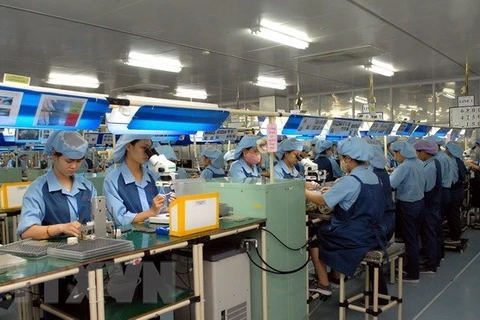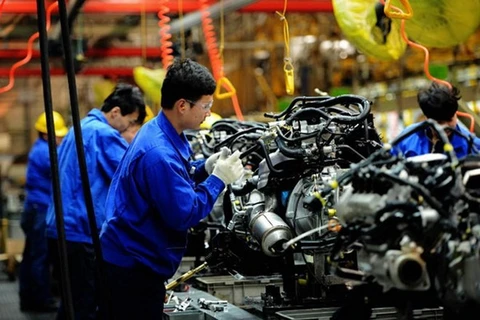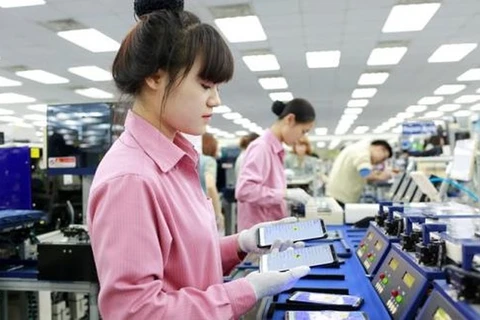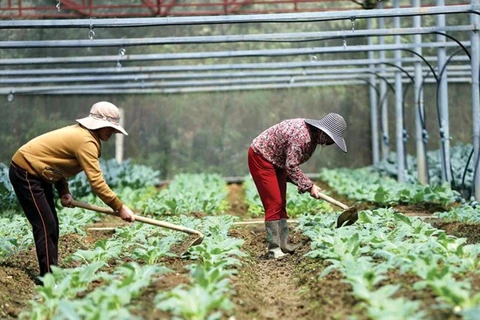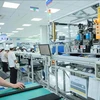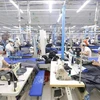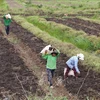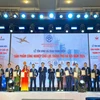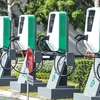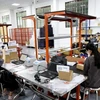HCM City (VNA) – Since policies to attract foreign direct investment (FDI) were applied from January 1, 1988, Ho Chi Minh City has led the way in luring investment.
Statistics from the municipal People’s Committee show that after 30 years of FDI attraction, the city has hosted 7,700 FDI projects with a total capital of 44.87 billion USD, clinching the first position in the field.
In 2016-2018 (as of June 2018), the city lured 14.4 billion USD in new projects and through deals with domestic ones, along with 2.14 billion USD injected into 525 underway projects. The city also approved 6,340 investors to contribute capital and buy shares of Vietnamese firms to the tune of 7.27 billion USD.
Commenting on the role of FDI to the city, Nguyen Thanh Phong, Chairman of the municipal People’s Committee said the city highly values the important contributions of foreign firms to its development.
From only 11.3 percent of Ho Chi Minh City’s GDP in 1995, FDI enterprises’ contributions rose to 22.9 percent of the city’s GDP in 2010 and sit at 17 percent currently, he noted.
In 1995, FDI made up 8.8 percent of the city’s total export revenue, but the figure increased to 23.9 percent in 2010 and 55.9 percent currently, said Phong.
The city leader said that along with helping the city transform its economic structure and create new production, distribution and consumption methods, FDI firms have also created jobs for 270,000 direct labourers and millions of indirect ones. They have also contributed to transforming a low-income workforce to a qualified and high-income one.
According to the Ho Chi Minh City People’s Committee, FDI in the city has continued to rise in terms of capital and investment methods. The most attractive areas for foreign investors include real estate, wholesale and retail, science-technology service and tourism.
As land rental demand is rising, real estate services continue to see big investment at more than 40 percent of total FDI.
Su Ngoc Anh, Director of the Department of Planning and Investment of the city attributed the city’s success in FDI attraction to the fast growth of the economy and improved investment environment.
Anh said the city’s priorities to the development of science-technology, tourism and investment improvement as well as equal competition also make it more attractive for foreign investors.-VNA
VNA

